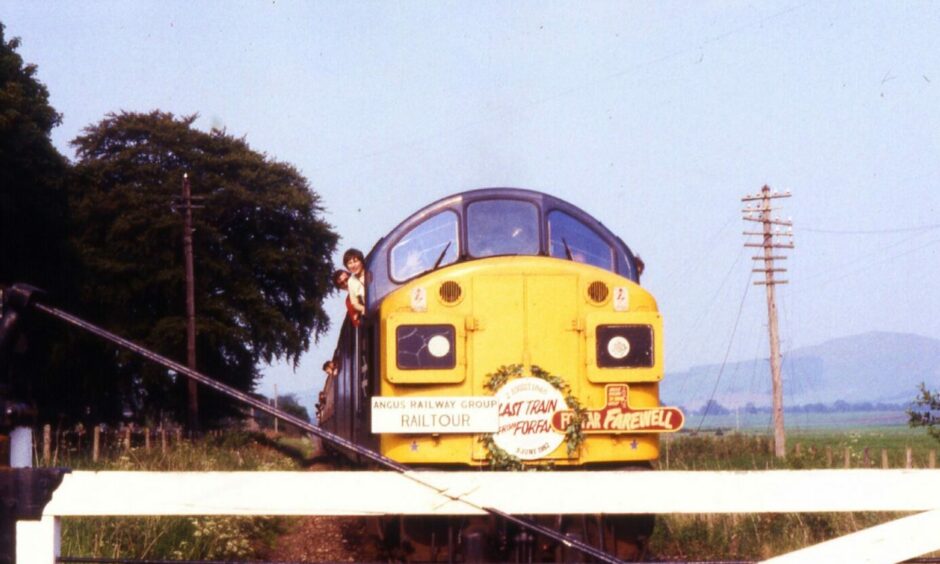
It is now hard to believe a railway ever existed in Forfar.
A service had been running through Forfar since January 1839 when Queen Victoria was on the throne before passenger travel ceased in September 1967.
Forfar was earmarked for closure in 1982.
In due course British Railway would dispose of the land for development.
A ‘Forfar Farewell’ was organised by the Angus Railway Group on June 5 1982 before the main line shut and some people came from as far afield as England.
At one time the Strathmore main line, which was opened by the Scottish Midland Junction Railway in 1848, carried the fastest scheduled trains in the country.
Adding to the party-like atmosphere and feeling of stepping back in time, many of the passengers in 1982 were dressed in Victorian period costume.
Weeds growing through old Forfar train station platform
The last train probably meant the most to Allan Fairweather from Carnoustie, who was stationmaster at Forfar between 1953 and 1957.
During that time the station was enjoying one of its busiest periods and he had 80 staff, from porters to signalmen, under his control.
“The train brought back many memories for me but it was really sad to see the station in the condition it was in,” he said.
“It’s difficult to imagine what things were once like when you see the weeds growing through the platforms today.”
Two of Mr Fairweather’s most enduring memories from a long career on the railways harked back to the time he spent at Forfar in 1950s.
“In 1956 two funerals were centred on the station,” he said.
“When Lord Forres of Glenogil, a prominent figure in the diplomatic service, died three carriage-loads of flowers arrived from the diplomatic corps all over South America.
“We had to lock them up in the biggest waiting room.
“Railway staff sprinkled the flowers with water to preserve them.”
On another occasion Mr Fairweather went to the station early in the morning to meet the coffin of the Dowager Countess of Airlie returning from London.
The final journey in 1982 was a special occasion.
Class 40 diesel loco 40143 drew up that Saturday at the former Forfar North Junction pulling six coaches at 12.13pm, then, at 12.47pm, it made the run back to Perth.
The train made the same journey again and then left Forfar at 5.15pm for the return journey to Perth where it arrived at 6.47pm.
It stopped at many stations, although many of those platforms were already gone.
Skirl of the pipes from the tracks
Gordon Casely is a member of the Angus Railway Group and was among those who travelled on the final passenger train from Perth to Forfar in 1982.
The train was piped off the platform from Perth to the skirl of old Victorian melodies like The Road to Mandalay and My Grandfather’s Clock!
The pipers left the dilapidated Forfar platform to play on the tracks!
“We were asked to dress up in Edwardian costume, if possible,” he said.
“Somehow I became involved as a piper to pipe the last train out of Forfar!
“I wore the kilt in Edwardian fashion with spats and long sporran.
“There was a fellow piper there too, so we played away standing between the rails in front of the locomotive.
“My poor fellow piper stopped playing at one point.
“He was fearful that the engine would start and run us over!
“My son Bruce, then 10, accompanied me.”
Forfar On This Day author David Potter recalled the occasion in 2022.
The late Mr Potter, who died last year, said the day was very hot and the atmosphere was party-like with people on the train who had travelled frequently on the line.
“It is now generally agreed that it had been a mistake to close down the Stanley to Kinnaber line, but of course it had been a political decision because Forfar voted the wrong way for the government of the day in 1967,” he said.
“Many people now think that there might even be a chance some day of a resurrection of the Forfar railway, given what has happened successfully in the Borders.
“None of this detracts from the glorious history of Forfar Station, which was, in its heyday, one of the busiest per head of the population in Scotland, with trains running to Dundee, Arbroath, Kirriemuir and Brechin as well as Aberdeen and Glasgow.”
More like this:
Going off the rails: The Tayside and Fife branch lines lost to the Beeching cuts
‘Forfar will never leave you’: Author hopes new book will be the talk of the town
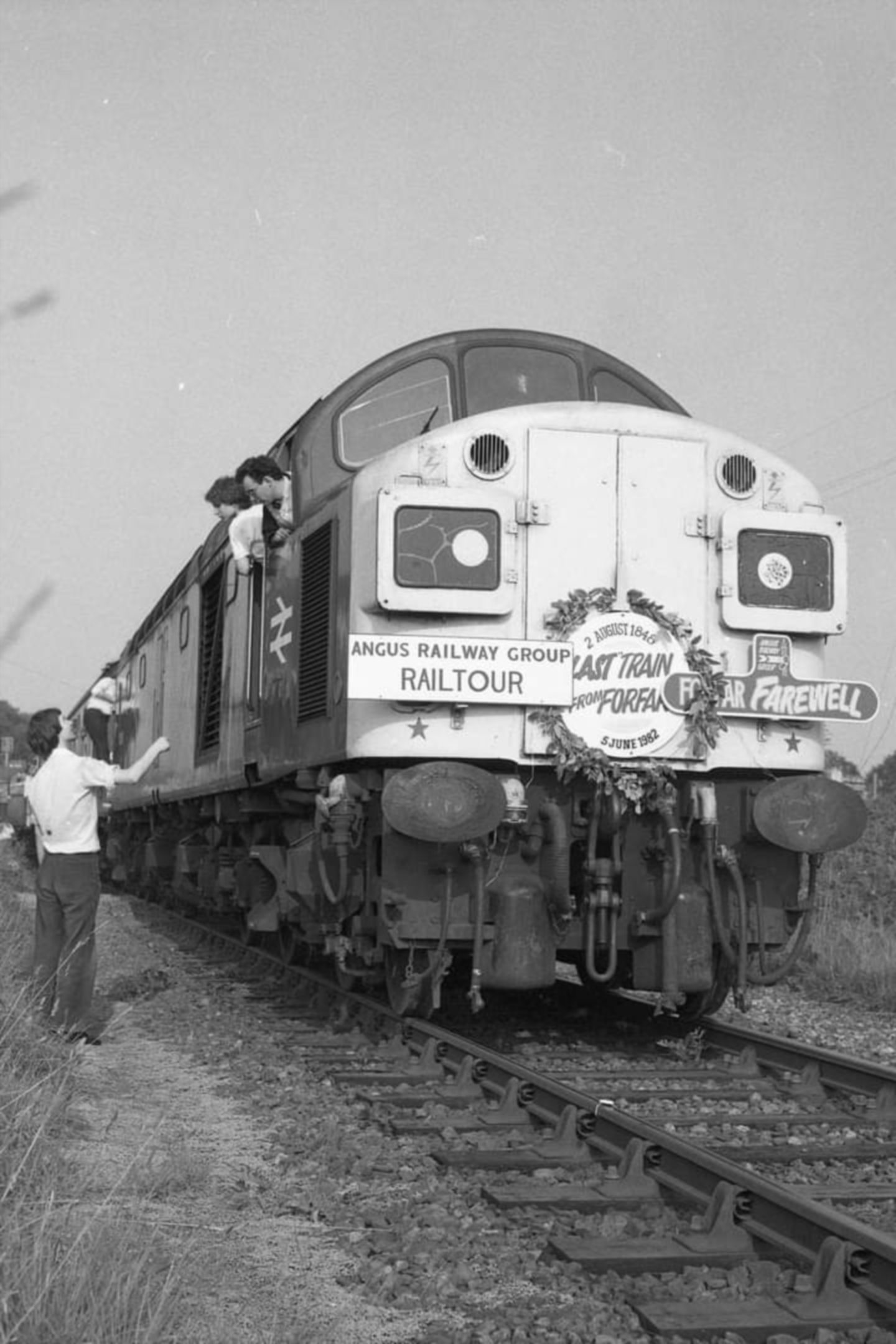
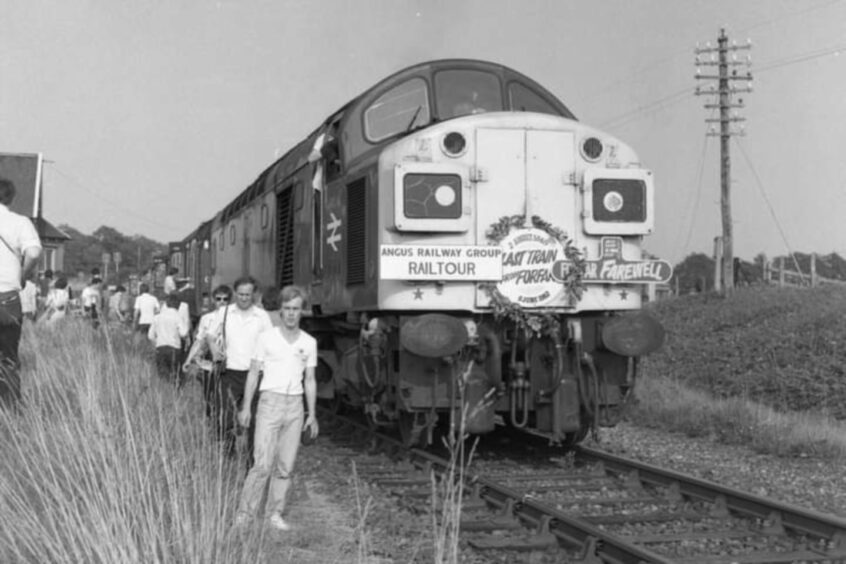
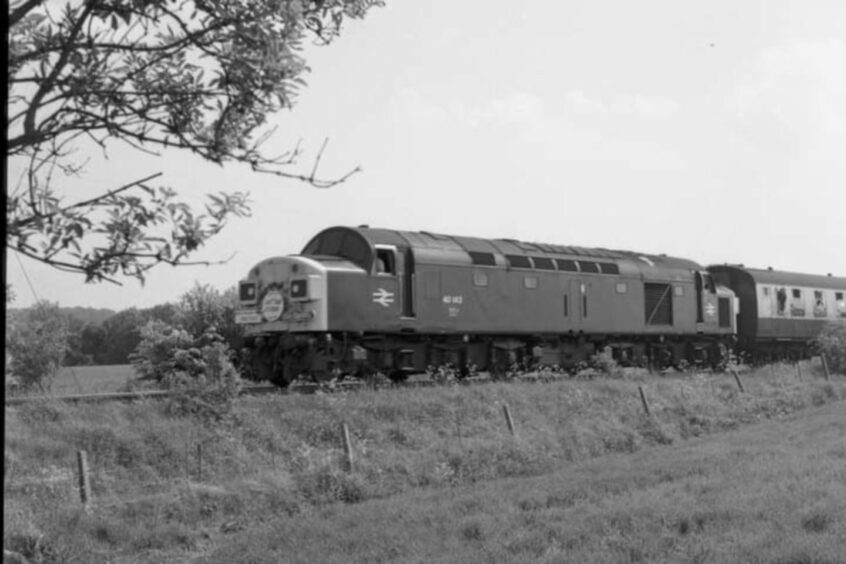
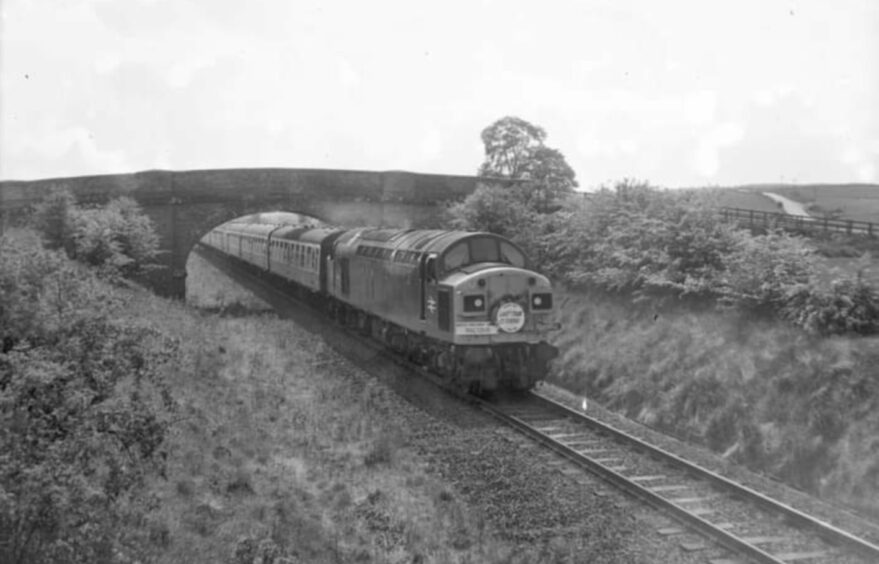
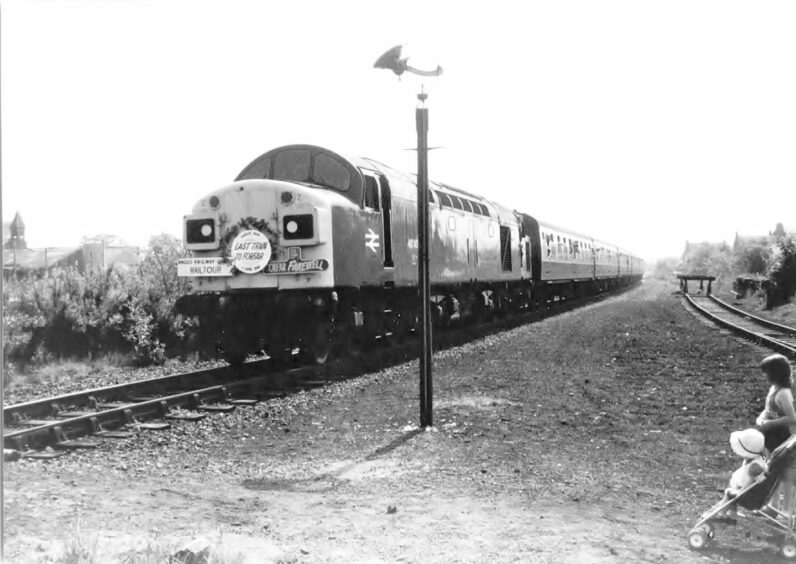
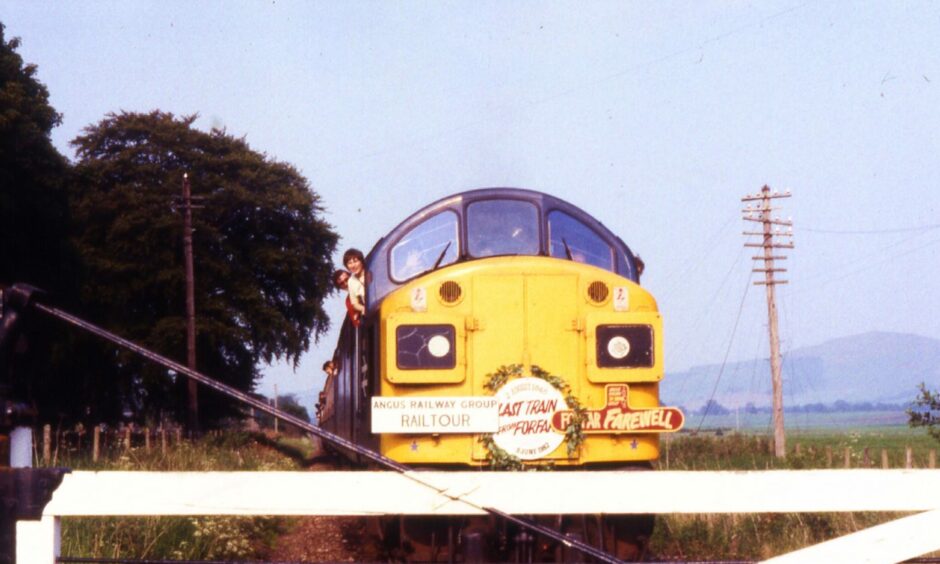
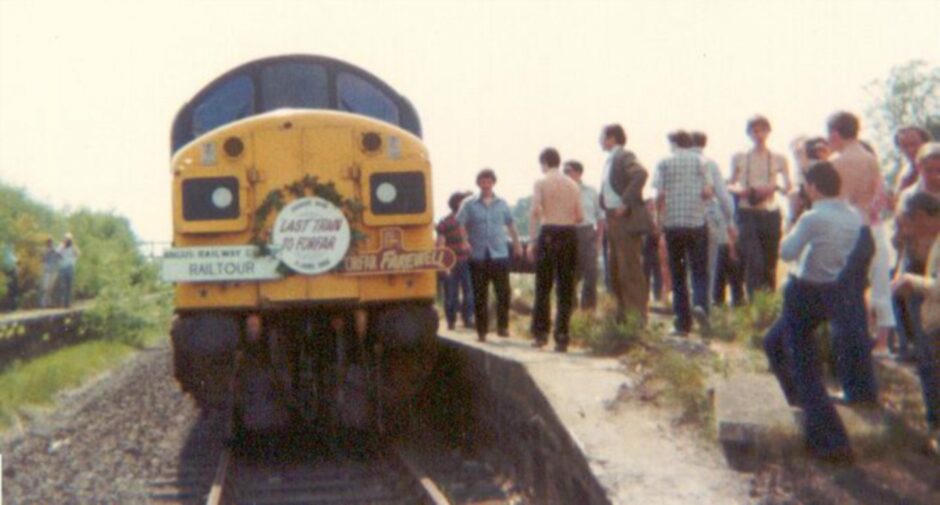










Conversation